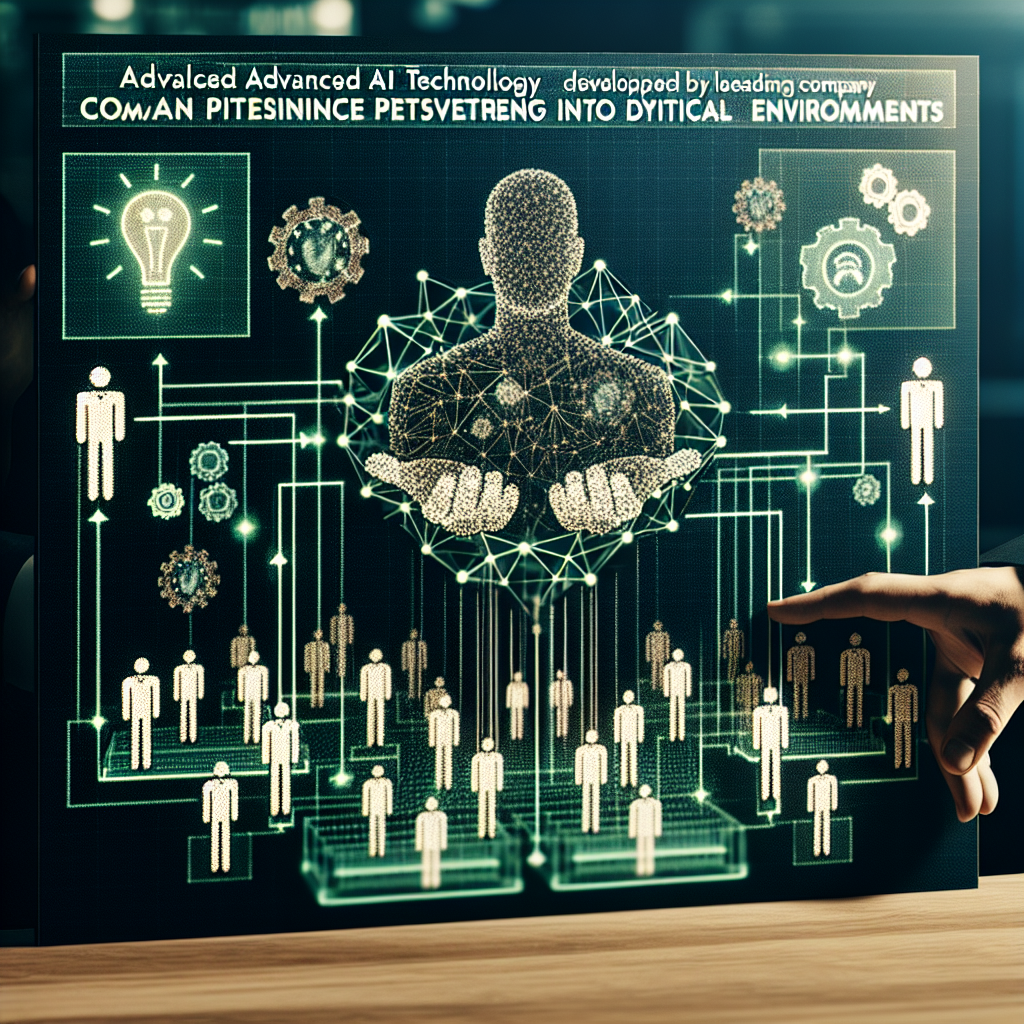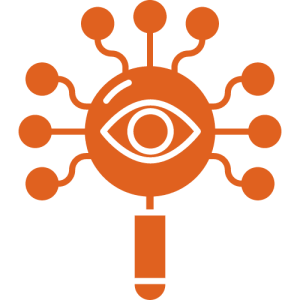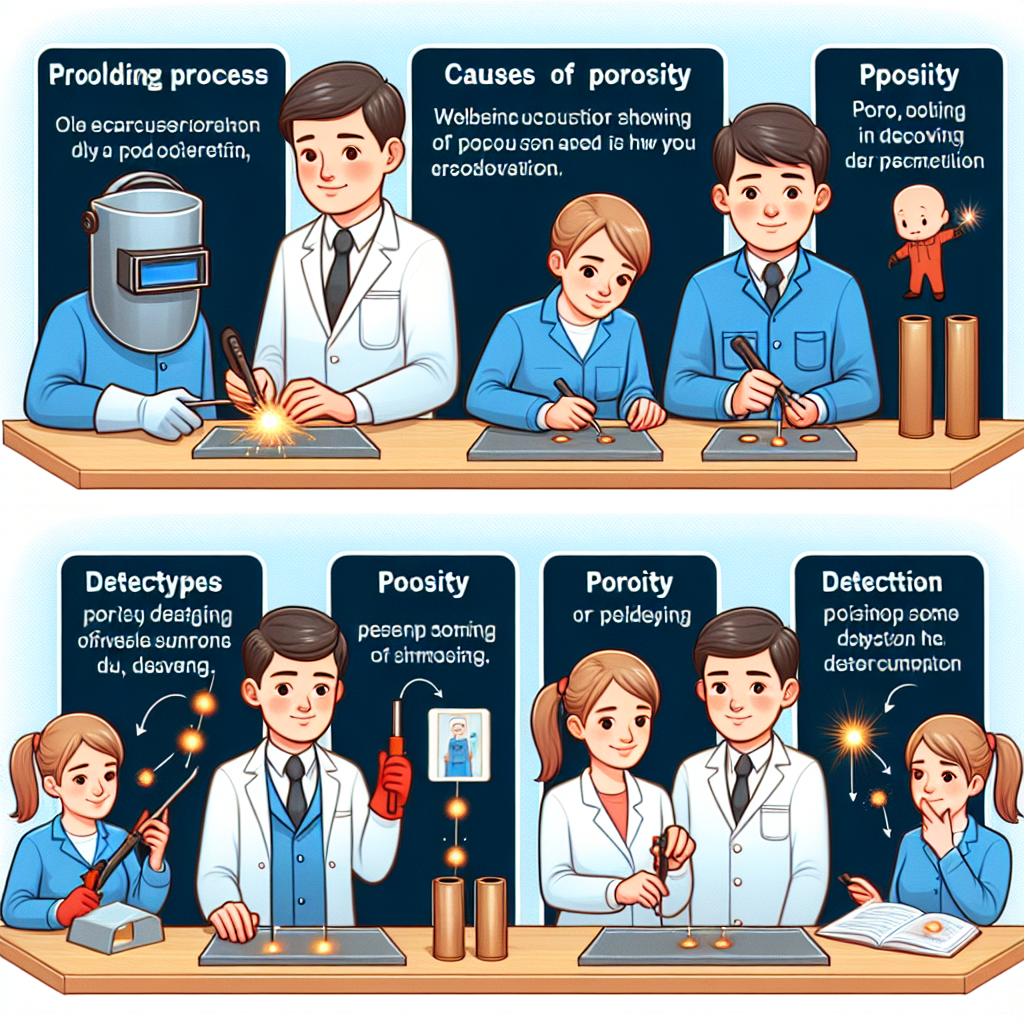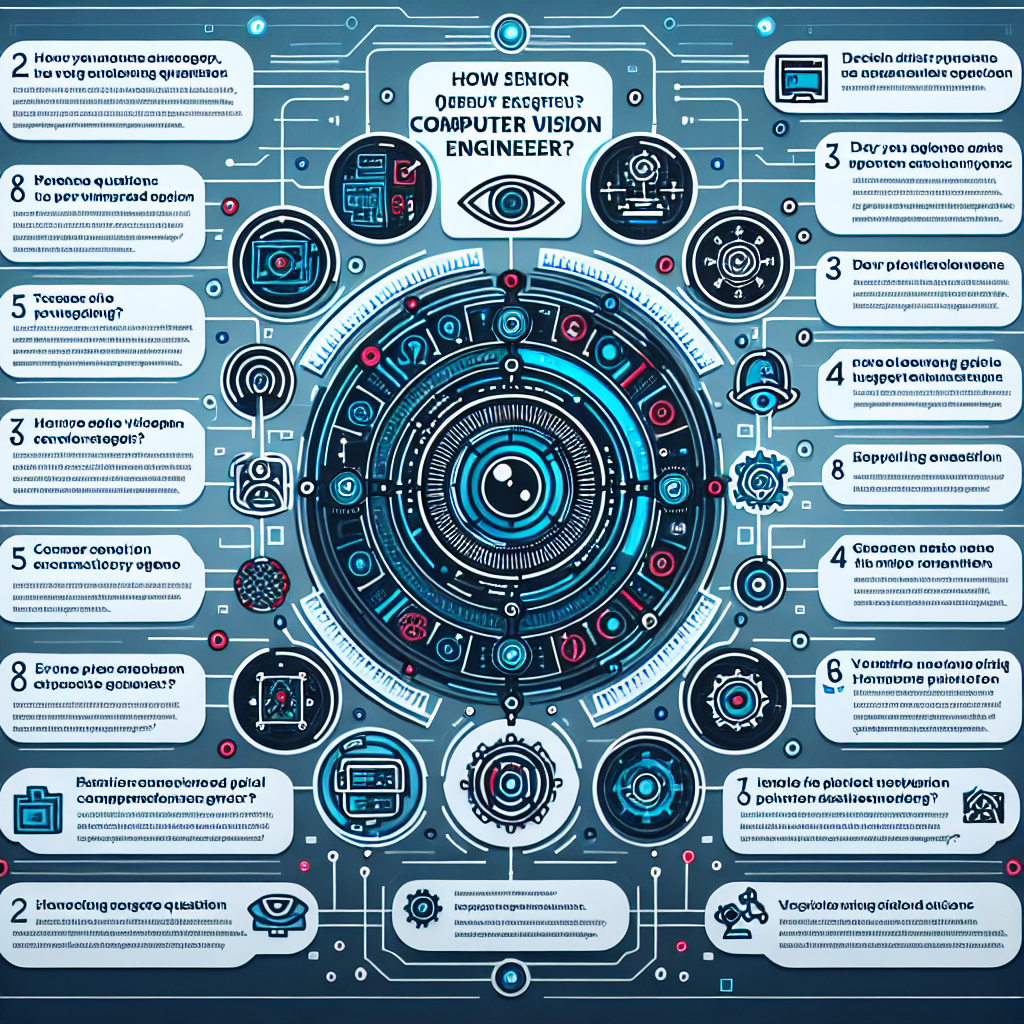Bringing Generative AI to Digital Environments: NVIDIA NIM Microservices Go Physical
Bringing Generative AI to Digital Environments: NVIDIA NIM Microservices Go Physical
Introduction
NVIDIA, a leading technology company, is expanding the capabilities of its generative AI platform by bringing it to physical environments. The company’s NIM microservices, previously used for digital applications, are now being applied to real-world scenarios.
What are NIM Microservices?
NIM microservices are a set of AI algorithms developed by NVIDIA that can generate realistic and high-quality images, videos, and other digital content. These algorithms are trained on massive amounts of data and can create new content based on the patterns and styles they have learned.
Expanding to Physical Environments
NVIDIA is now taking the power of NIM microservices beyond the digital realm and applying it to physical environments. This means that the AI algorithms can generate content that can be used in various industries, such as architecture, design, and entertainment.
Applications in Architecture and Design
- NIM microservices can generate realistic 3D models of buildings and structures, allowing architects and designers to visualize their ideas more effectively.
- These AI algorithms can also create virtual environments that simulate lighting conditions, materials, and textures, helping architects and designers make informed decisions.
Applications in Entertainment
- NIM microservices can generate lifelike characters and scenes for movies, video games, and virtual reality experiences.
- These AI algorithms can also create realistic special effects and animations, enhancing the visual quality of entertainment content.
Main Takeaways
NVIDIA is expanding the capabilities of its generative AI platform by bringing NIM microservices to physical environments. This allows for the generation of realistic and high-quality content in industries such as architecture, design, and entertainment. NIM microservices can create 3D models, virtual environments, lifelike characters, and special effects, revolutionizing the way content is created and experienced.







